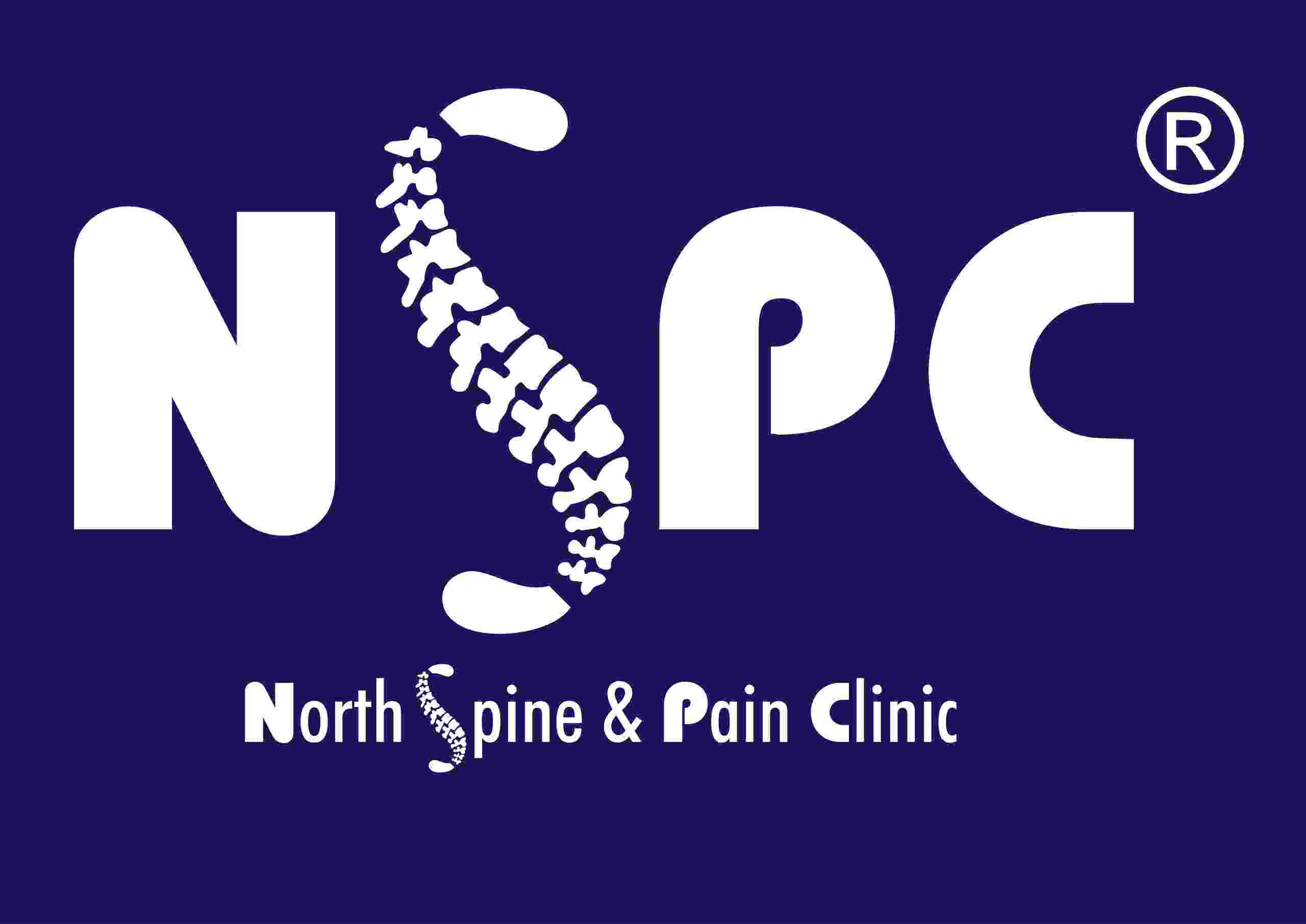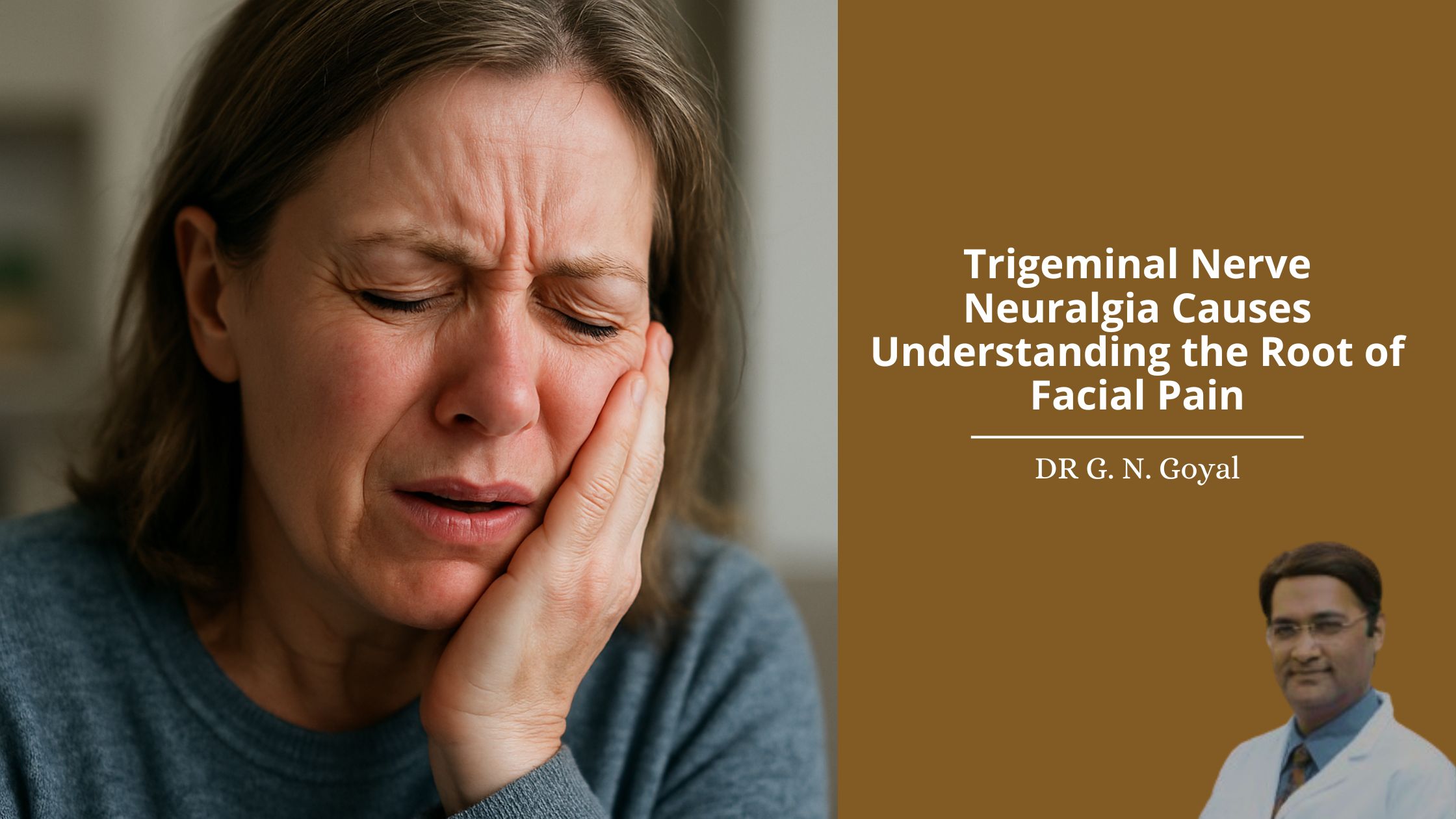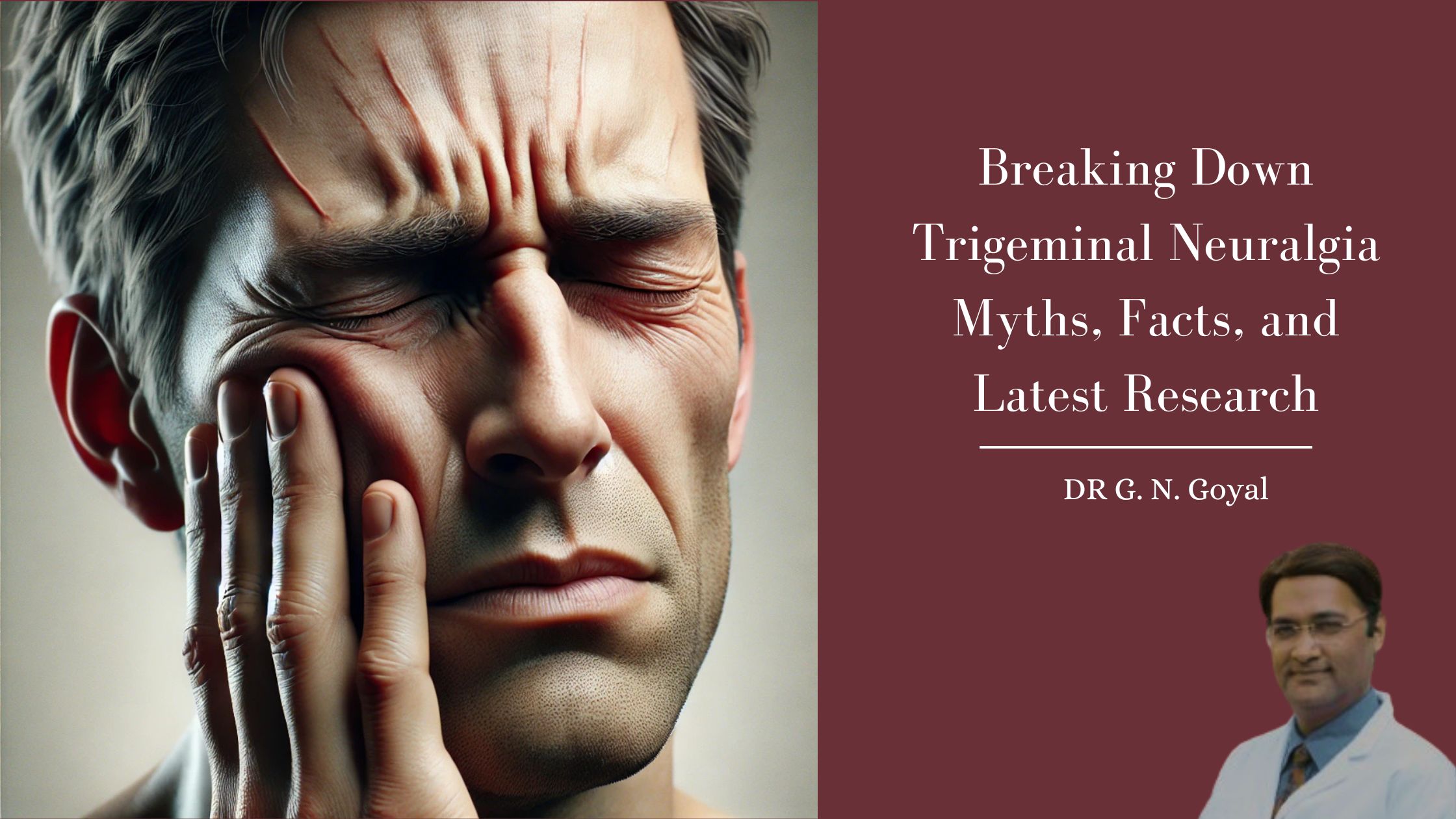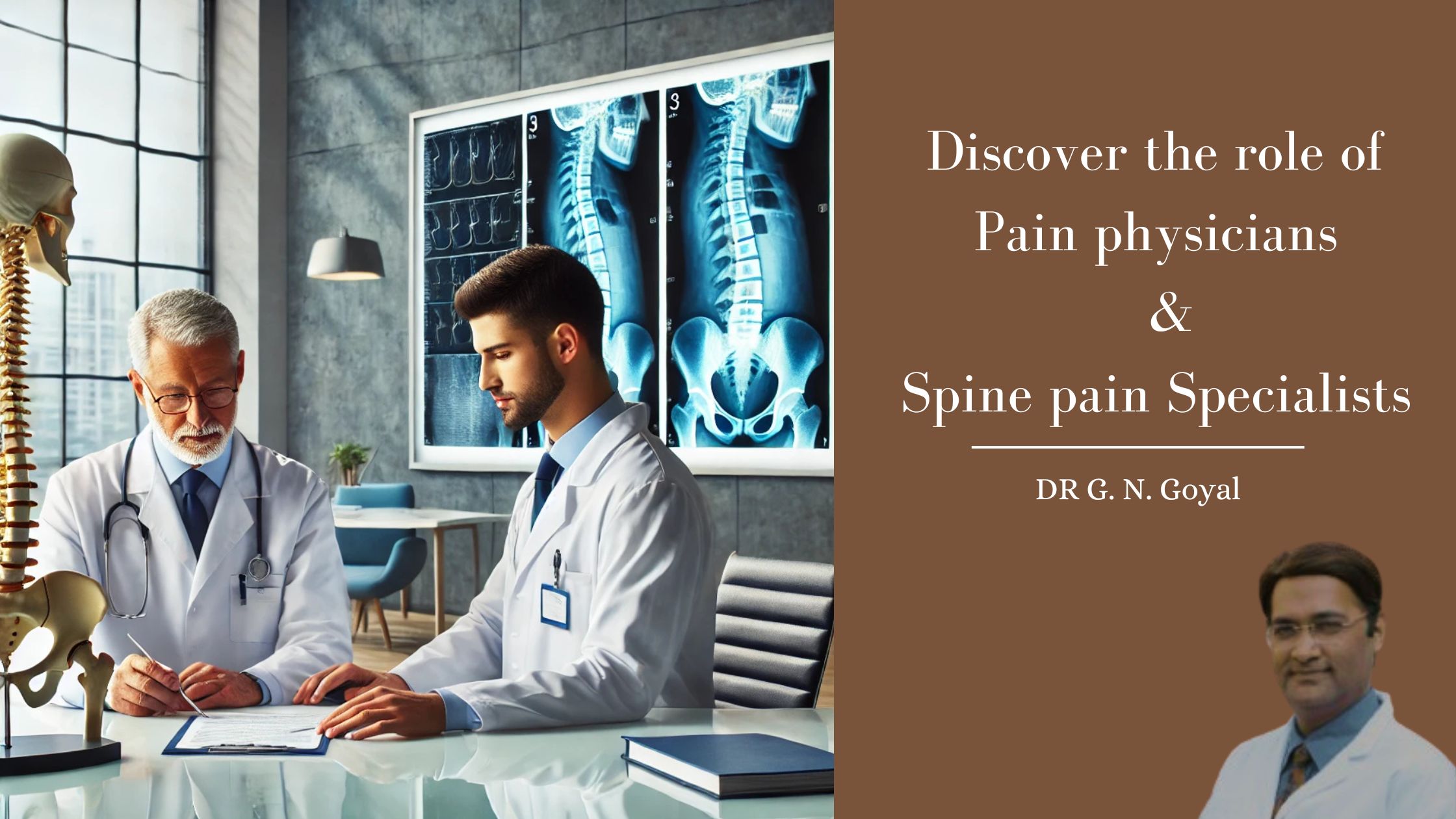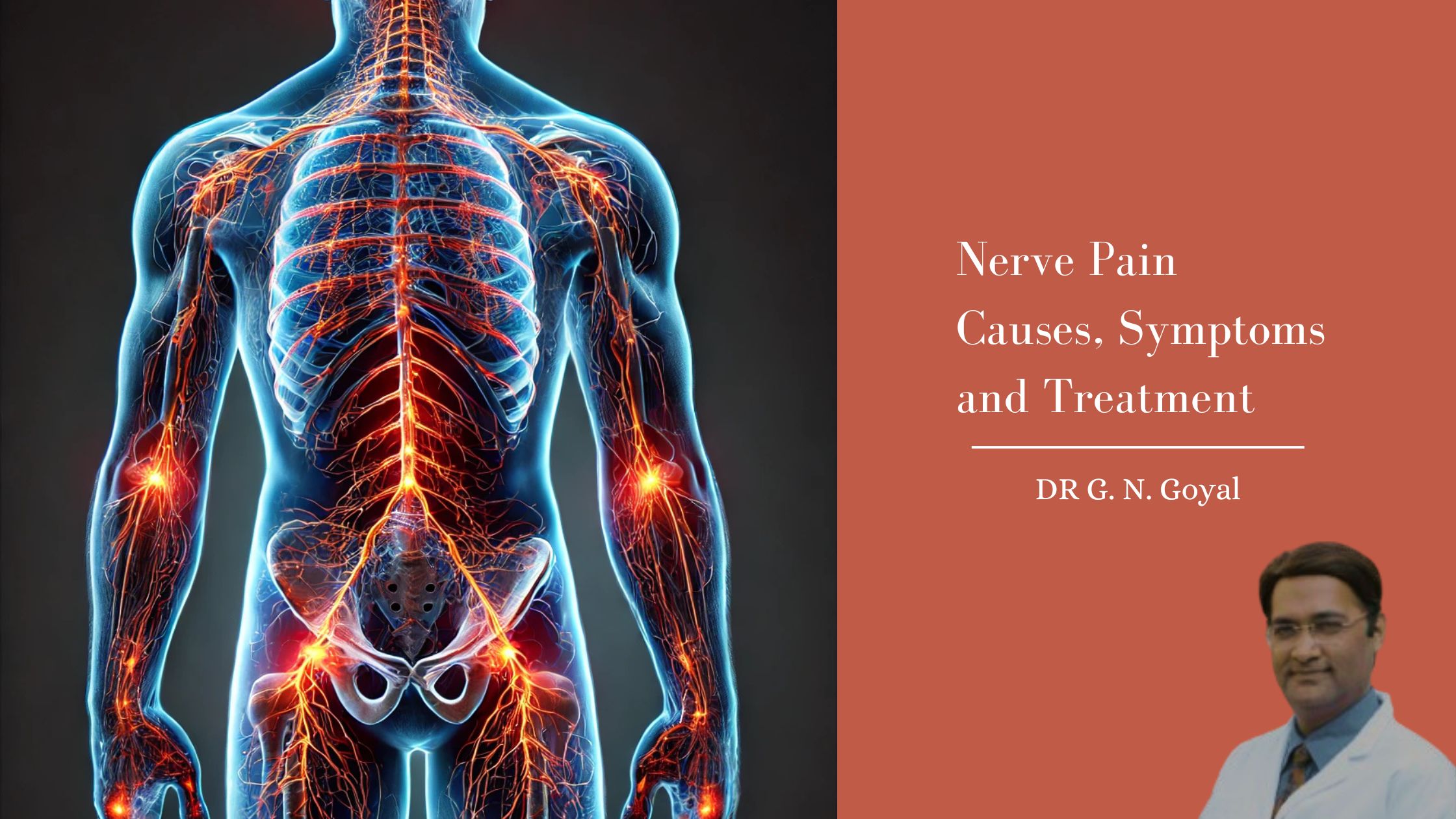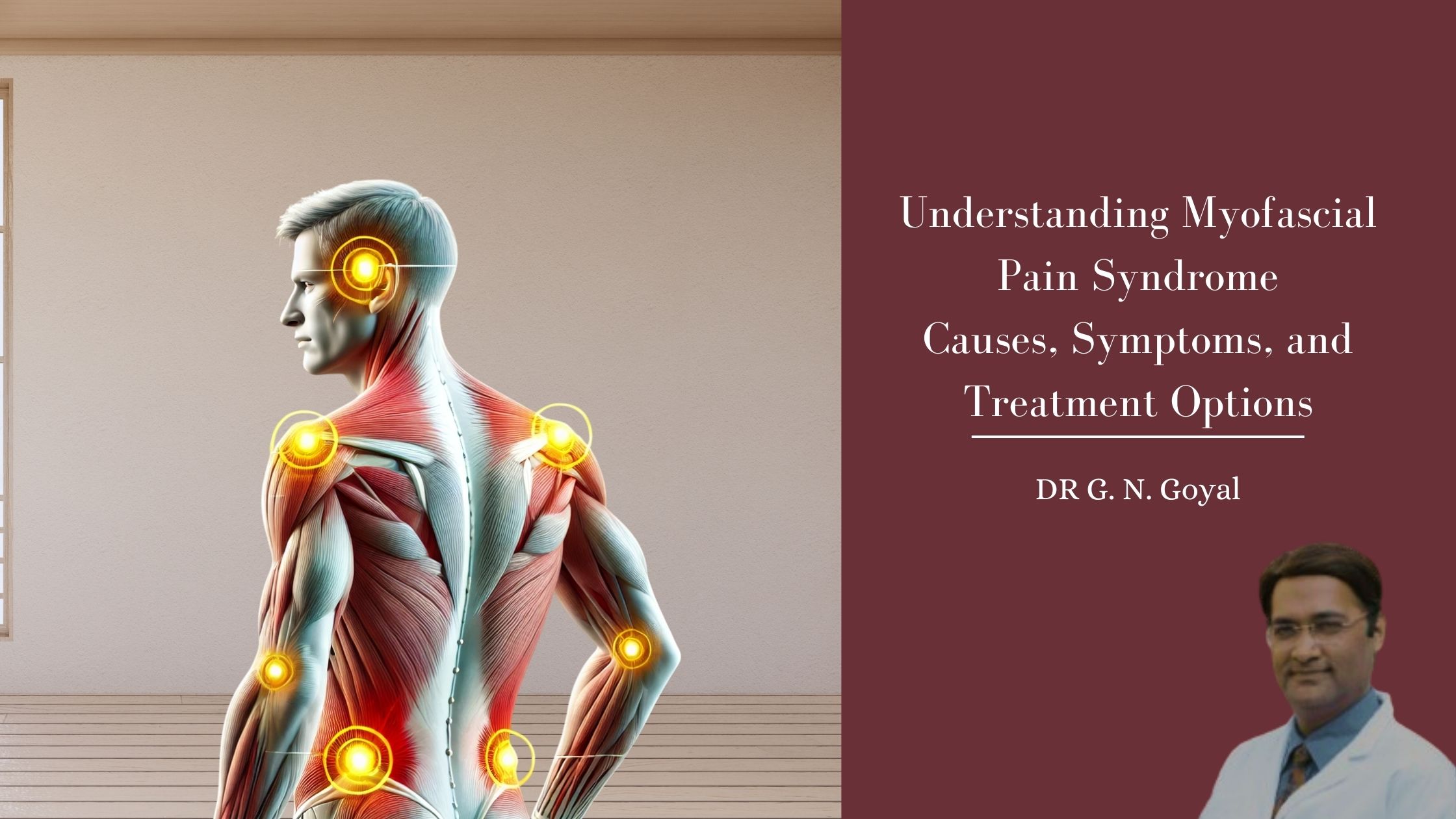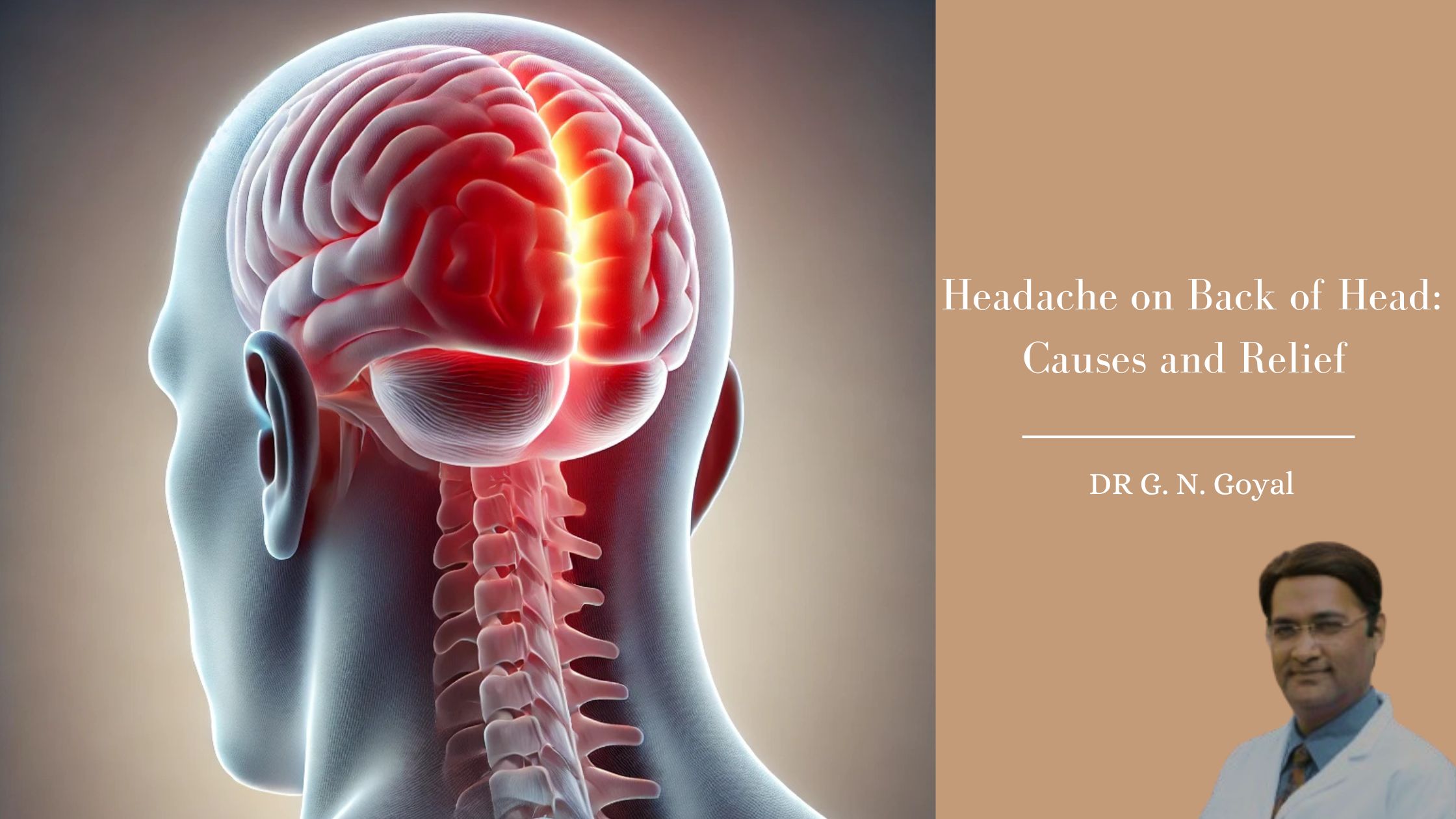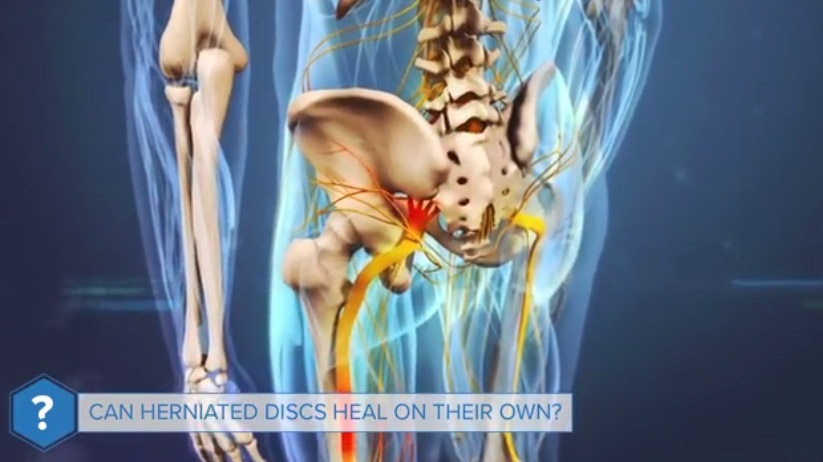Top Trigeminal Nerve Neuralgia Causes You Shouldn’t Ignore
What is Trigeminal Nerve Neuralgia?
Trigeminal neuralgia is one of the most excruciating conditions that affects the facial nerves. It involves sudden, severe, electric shock-like pain that usually affects one side of the face. But what exactly leads to this condition? That’s where understanding the trigeminal nerve neuralgia causes becomes essential.
Why It’s Important to Understand Trigeminal Nerve Neuralgia Causes
Knowing the trigeminal nerve neuralgia causes is key to managing and treating the condition effectively. Since it’s a nerve-related disorder, the triggers can be both physical and neurological. Identifying the cause not only helps in managing the pain but also in preventing future attacks.
Top Trigeminal Nerve Neuralgia Causes
Let’s take a look at some of the most common and medically recognized trigeminal nerve neuralgia causes:
1. Blood Vessel Compression
One of the most frequent trigeminal nerve neuralgia causes is a blood vessel pressing against the trigeminal nerve. This constant pressure damages the protective coating (myelin sheath) around the nerve, causing it to misfire and send pain signals unnecessarily.
2. Multiple Sclerosis (MS)
MS is a chronic disease that affects the central nervous system. It damages the myelin sheath, and in some cases, this can impact the trigeminal nerve—making it one of the possible trigeminal nerve neuralgia causes in people with MS.
3. Tumors or Growths
Although rare, tumors that press against the trigeminal nerve can cause nerve irritation. This physical pressure is among the less common but possible trigeminal nerve neuralgia causes.
4. Facial or Dental Trauma
Injuries due to dental procedures, facial surgery, or accidents can lead to nerve damage. Such trauma can lead to misfiring of the trigeminal nerve and is recognized as one of the trigeminal nerve neuralgia causes in patients with a history of facial injury.
5. Aging and Nerve Degeneration
As people age, nerves naturally wear down. This degeneration can make the trigeminal nerve more sensitive to pressure and pain, making age-related nerve damage one of the probable trigeminal nerve neuralgia causes.
6. Infections
Certain viral or bacterial infections that affect the face or skull base, like shingles, can also irritate the trigeminal nerve. Though less common, infections are still among the recognized trigeminal nerve neuralgia causes.
Can Trigeminal Nerve Neuralgia Causes Be Prevented?
While some trigeminal nerve neuralgia causes like aging or genetic predisposition can’t be prevented, others can be managed. For example:
- Managing blood pressure may help reduce the chance of vascular compression.
- Early treatment of infections can prevent nerve damage.
- Safe dental practices and care after facial injuries can help lower the risk of trauma-related causes.
When to See a Doctor
If you experience sudden, severe facial pain—especially if it’s triggered by light touch, eating, or brushing your teeth—it’s crucial to consult a specialist doctor or a neuro pain specialist doctor. A clear understanding of your condition and its trigeminal nerve neuralgia causes can lead to more effective treatment options such as:
- Medications
- Nerve interventions
- Microvascular decompression surgery
Final Words
In conclusion, understanding the trigeminal nerve neuralgia causes is the first step toward finding lasting relief. Whether it’s due to nerve compression, diseases like multiple sclerosis, or physical trauma, identifying the root cause is key. If you or someone you know is suffering from facial nerve pain, don’t ignore it—early diagnosis of the trigeminal nerve neuralgia causes can make all the difference.
For personalized consultation, reach out to leading pain specialists in Delhi and take the first step towards a pain-free life!
Visit the Neuro pain Specialist, Dr. G N Goyal for Trigeminal Neuralgia or for any other Nerve pain related Problems in Delhi, Haryana or Punjab, at the nearest Neuro Pain Clinic – NSPC Clinic, Or book your appointment now!
Happy Patients
You may please click here, to know the pleasant experiences of our Trigeminal Neuralgia patients.
